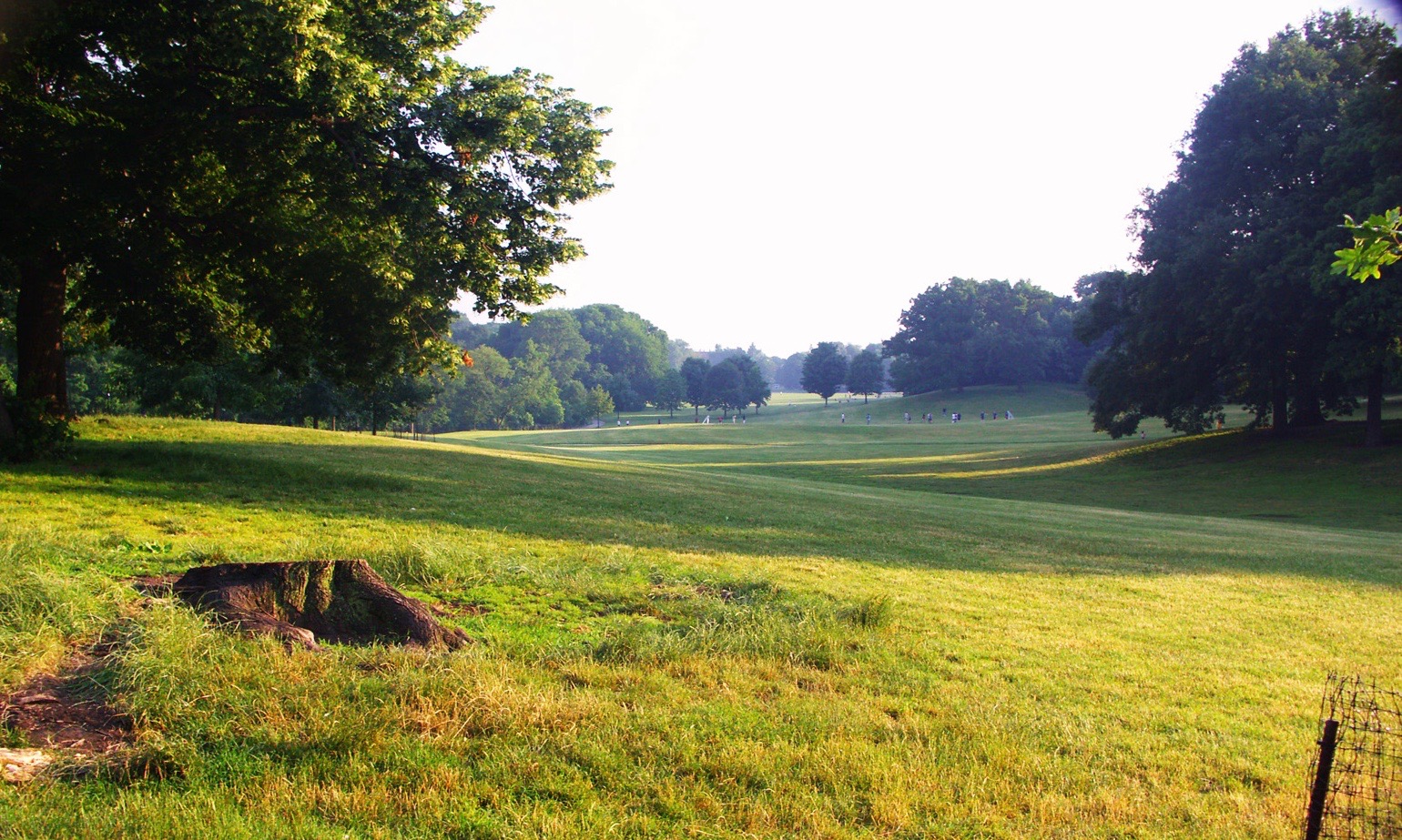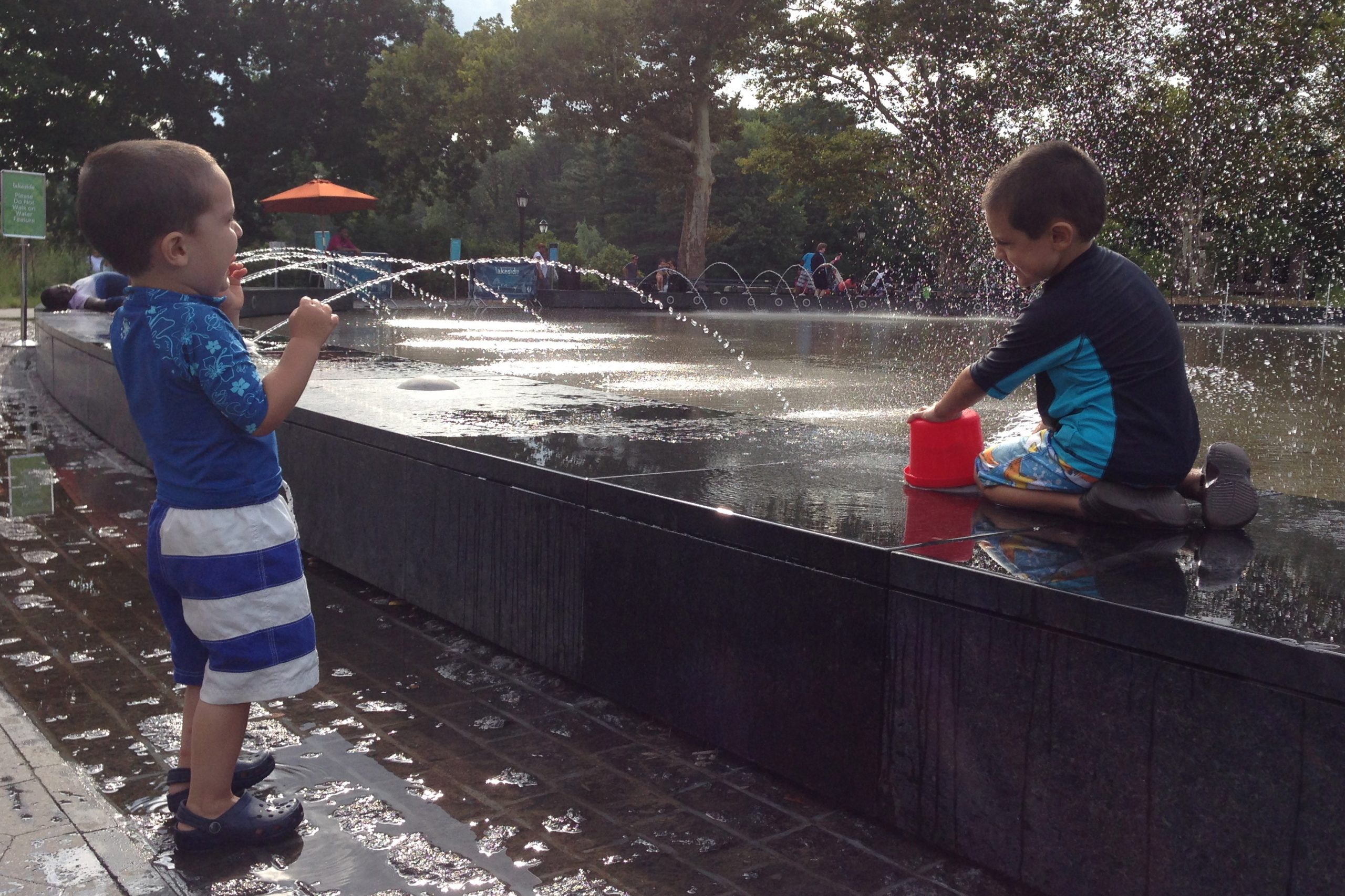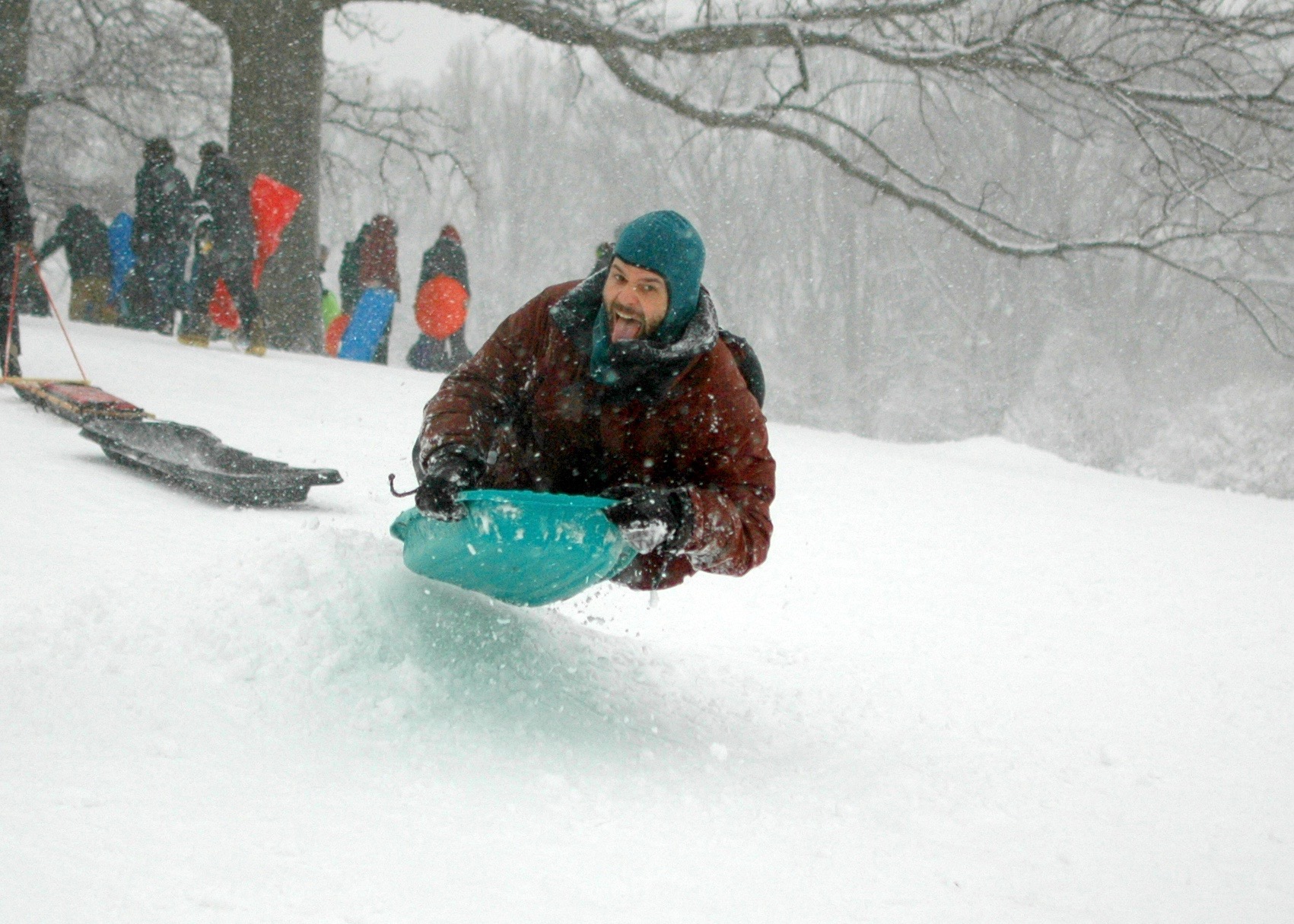3 Purposes of a Park
The great advantage which a town finds in a park, lies in the addition to the health, strength and morality which comes from it to its people, an advantage which is not only in itself very great and positive, but which as certainly results in an increase of material wealth as good harvests or active commerce. And the reason is obvious: all wealth is the result of labor, and every man’s individual wealth is, on the whole, increased by the labor of every other in the community, supposing it to be wisely and honestly applied; but as there cannot be the slightest use of the will, of choice between two actions or two words, nor the slightest exercise of skill of any kind, without the expenditure of force, it follows that, without recuperation and recreation of force, the power of each individual to labor wisely and honestly is soon lost, and that, without the recuperation of force, the power of each individual to add to the wealth of the community is, as a necessary consequence, also soon lost.
But to this process of recuperation a condition is necessary, known since the days of Aesop, as the unbending of the faculties which have been tasked, and this unbending of the faculties we find is impossible, except by the occupation of the imagination with objections and reflections of a quite different character from those which are associated with their bent condition. To secure such a diversion of the imagination, the best possible stimulus is found to be the presentation of a class of objects to the perceptive organs, which shall be as agreeable as possible to the taste, and at the same time entirely different from the objects connected with those occupations by which the faculties have been tasked. And this is what is found by townspeople in a park.
If now we ask further, what the qualities of a park are which fit it to meet this requirement? we find two circumstances, common to all parks, in distinction from other places in towns, namely, scenery offering the most agreeable contrast to that of the rest of the town, and opportunity for people to come together for the single purpose of enjoyment, unembarrassed by the limitations with which they are surrounded at home, or in the pursuit of their daily avocations, or of such amusements as are elsewhere offered.
After the opening pages and before proceeding to a detailed description of the proposed park design, Olmsted and Vaux’s report discusses the purposes of parks, beginning with an account of how the parks used as hunting grounds in the past became sites where people went for “recreation among scenes that should be gratifying to their taste or imagination.” As in the passage on the universal pleasure of parks, the scenery of a park is identified as its essential element. Its scenery distinguishes a town park from the rest of the town, which, say Olmstead and Vaux, tends to be “cramped, confined, and controlling.” Park scenery, on the other hand, makes an “unbending of the faculties” possible—the imagination is occupied, diverted, stimulated. This opening of the imagination is a response to the aesthetic qualities of the scenery: “the presentation of a class of objects to the perceptive organs, which shall be as agreeable as possible to the taste.”
And yet neither the flourishing of the imagination nor recuperation and recreation are in themselves presented as the purposes of a park. Instead, they are described as serving another purpose: increasing the material wealth of the community. This argument in favor of town parks seems reductive; there are many other ways in which a park supports a community, for example, such as providing a site where people may gather freely in ways that strengthen relationships—through play, conversation, and entertainment. Additionally, of course, parks contribute to the ecological health of a community. One wonders, however, if the argument linking the pleasures of parks specifically to the wealth of a community is being given here to anticipate and defend against any objections to the expenditure required by creating Prospect Park as Olmsted and Vaux envisioned it.
Their vision—which demanded the change in boundaries from those proposed by Viele—was of a park that seems to offer a space without any boundaries at all, such as at the Long Meadow, which was designed to lead the visitor “instinctively to form the idea that a broad expanse is opening before him.”

In this boundless space, both the physical and the psychological limitations of home are forgotten in unembarrassed enjoyment.


